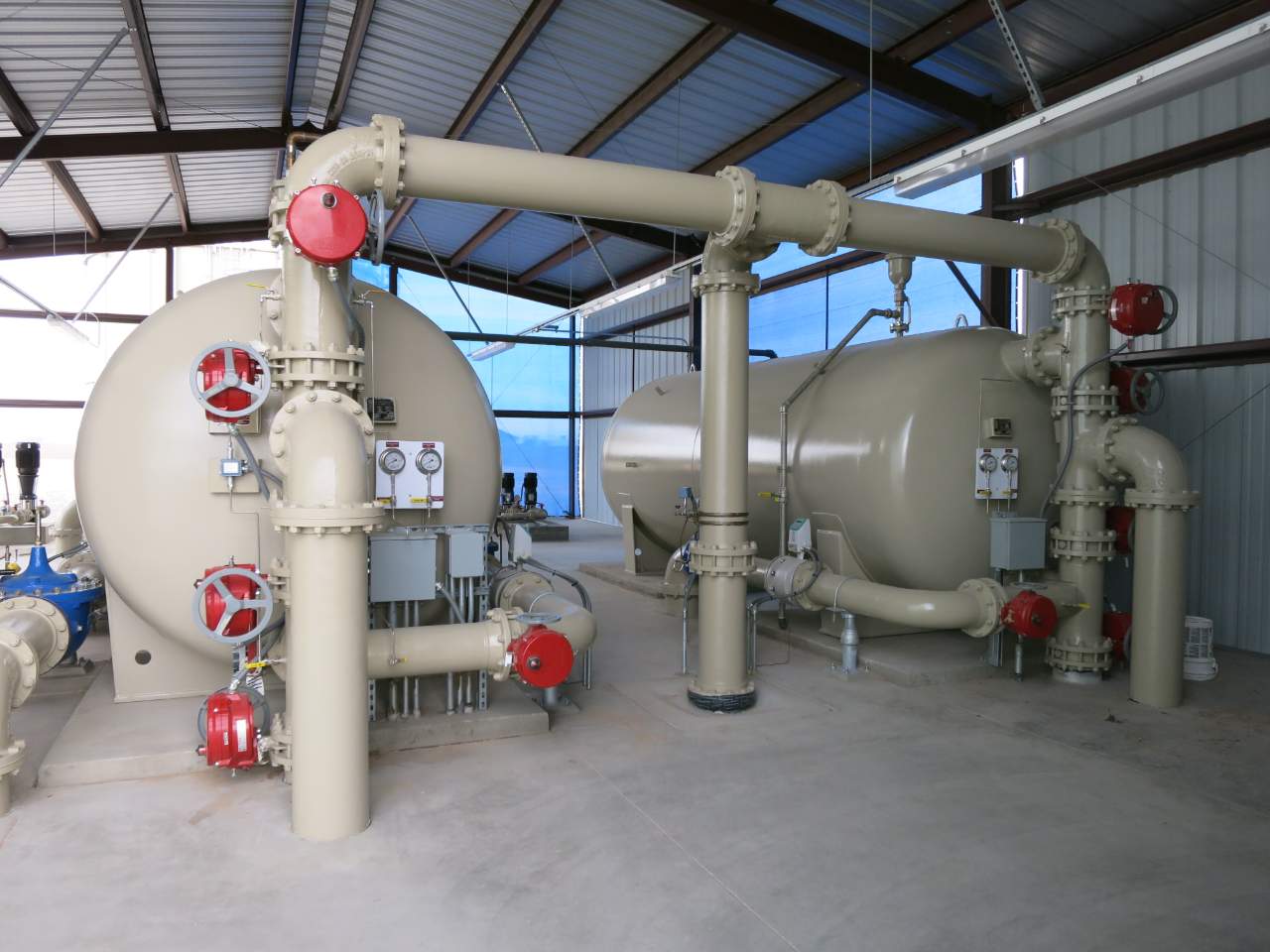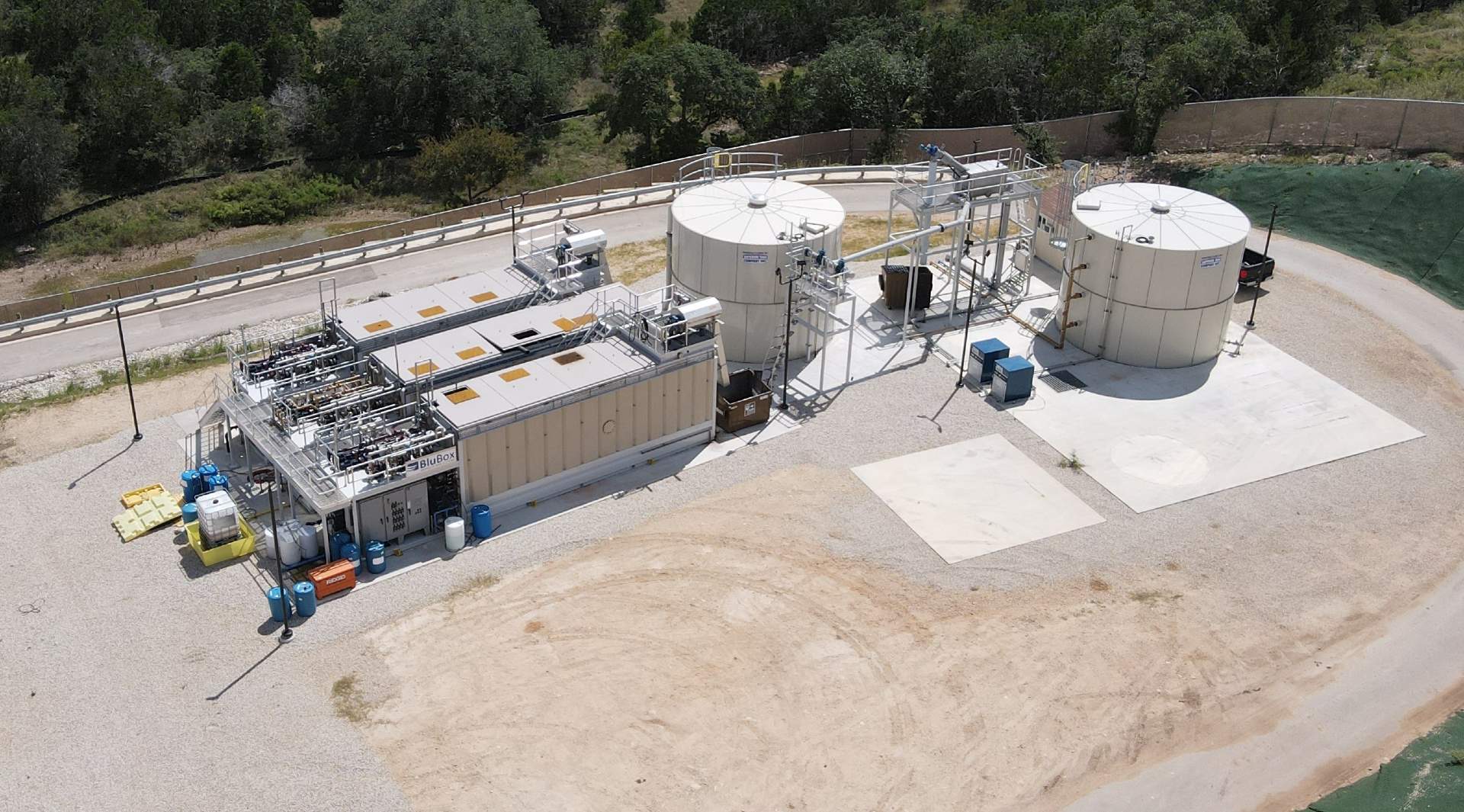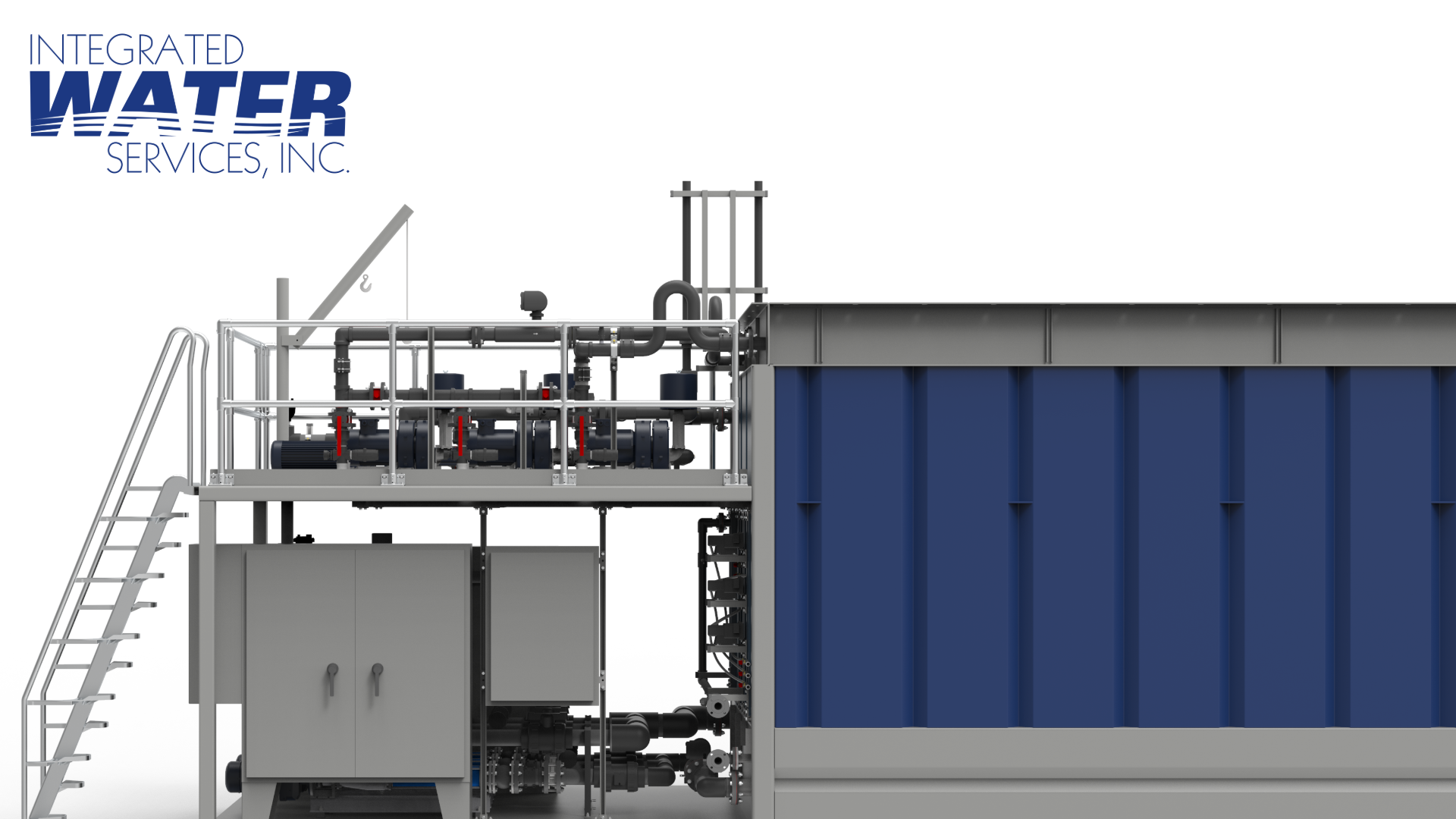How Water Conservation Trends Are Challenging Wastewater Treatment Facility Design Standards

Introduction
Population growth and environmental awareness have impacted water usage in the past decades. A cultural shift toward environmental concern and water conservation has changed the way people use water. While these changes have had an increasing impact on wastewater concentrations, our design guidelines have remained unchanged. These guidelines vary from state to state and are sometimes provided as a range of values. It is increasingly common to find that design parameters based on regulatory estimates do not represent actual flows and pollutant concentrations at facilities. Current state design guidelines for flows are based on outdated per capita water consumption, consequently, the hydraulic loading is over-estimated and the plant is designed incorrectly. This leads to inefficient operation. As a result of being oversized hydraulically, the plants may be undersized for the pollutant (organic and inorganic constituents) loading. Correcting design guidelines to fit current water usage trends is imperative to permitting treatment plants that are compliant to permit requirements.
Wastewater Treatment Plant Design Criteria
Wastewater treatment plant design depends on three major considerations: the hydraulic loading, the mass loading (of pollutants), and the treatment requirements. The hydraulic loading is the volume of wastewater generated in the service area. The mass loading is the amount of pollutants in the wastewater that will need to be reduced prior to discharge (this dry weight per capita has generally remained constant while the concentration is variable dependent on hydraulic load). The treatment requirements are given by the regulatory agency and dependent on a variety of variables and site conditions. Permits allow for a hydraulic capacity but limit pollutant discharge. Permits typically do not limit pollutant load capacity.
Hydraulic Loading
For new or proposed developments, the flow is estimated from industry accepted sources or state design guidelines. For example, residential wastewater flowrates may be determined using data from Wastewater Engineering: Treatment and Reuse, a Metcalf & Eddy publication.
Below is a table from Metcalf & Eddy showing typical per capita wastewater flowrates for residential communities.
Table 1: Wastewater Flowrates per Capita – Metcalf & Eddy
| Household Size (people/house) | Flowrate (gpcd) | Flowrate Household (gpcd) | ||||
| Low | High | Typical | Low | High | Typical | |
| 1 | 75 | 130 | 97 | 75 | 130 | 97 |
| 2 | 63 | 81 | 76 | 126 | 162 | 152 |
| 3 | 54 | 70 | 66 | 162 | 210 | 198 |
| 4 | 41 | 71 | 53 | 164 | 284 | 212 |
| 5 | 40 | 68 | 51 | 200 | 340 | 255 |
| 6 | 39 | 67 | 50 | 234 | 402 | 300 |
| 7 | 37 | 64 | 48 | 259 | 448 | 336 |
| 8 | 36 | 62 | 46 | 288 | 496 | 368 |
Table 1: Table adopted from Metcalf & Eddy, pp.156 4th ed. (2003). The data in the table is from AWWARF (1999).
Another option for the designer is to use the state guidelines to estimate the hydraulic loading. The values used by various regulatory agencies are shown below:
Table 2: State Design Guidelines – Per Capita Wastewater Flowrates
| Agency Title | Wastewater Flowrate (gpcd) |
| Texas Commission on Environmental Quality | 75-100 |
| Colorado Department of Public Health and Environment | 100 |
| Montana Department of Environmental Quality | 100 |
These values for estimating hydraulic loading are often much larger than actual flows, due to a shift in water conservation attitudes and evolving regulations for the use of low-flow fixtures. The implementation of updated, accurate flowrate data based on new water conservation practices is critical for the proper design of efficient wastewater treatment facilities.
Government Involvement in Water Usage Trends
Because the demands on our water supplies increase as the population grows, policies reflecting the importance of water conservation have been enacted by the US government. The EPA has started a labelling campaign for water-efficient products titled WaterSense. The WaterSense program hopes to promote “a nationwide ethic of water efficiency to conserve water resources for future generations and reduce water and wastewater costs” by providing a label to “make it simple to find water-efficient products, new homes, and programs that meet the current EPA criteria for efficiency and performance” (epa.gov). Products and services with the WaterSense label are certified to use at least 20% less water than previous models. Other incentives include rebate programs for upgrading to more efficient products. In Colorado, Denver Water ran a rebate program encouraging consumers to purchase 1.0- gallon/flush toilets. Consumers who purchased a new low-flow toilet received a rebate from Denver Water. A (desired) consequence of programs like these is that water consumption per capita is decreasing.
Actual Current Flow Data
In 2016, the Water Research Foundation (WRF) concluded that water consumption per household had decreased by 22% since 1999. The study showed a decrease from 177 gpd to 138 gpd per house from 1999-2016 and added that use is expected to reduce to 110 gpd per home in the coming years. WRF showed a 15% decrease in per capita water consumption, from 69.3 gallons per capita per day (gpcd) in 1999 to 58.6 gpcd in 2016. This is also expected to decrease further, to 36.7 gpcd in coming years. The WRF showed that the number of people per house decreased from 2.77 to 2.65.
A local case study confirms WRF’s projections. Below is a table showing influent flow data into a WWTF from Canyon Lake Water Services Company, a utility provider outside of New Braunfels:
Table 3: Hydraulic Loading for Actual WWTF Near New Braunfels
| Month-Year | Avg. Flow (gal/day) | EDU Connections | Water Usage (gal/edu/day) |
| Aug-18 | 1882 | 19 | 99 |
| Sep-18 | 3436 | 34 | 101 |
| Oct-18 | 4189 | 41 | 102 |
| Nov-18 | 4465 | 44 | 101 |
| Dec-18 | 5364 | 52 | 103 |
| Jan-19 | 6180 | 61 | 101 |
| Feb-19 | 6382 | 63 | 101 |
| Mar-19 | 6332 | 64 | 99 |
| Apr-19 | 7336 | 73 | 100 |
| May-19 | 9326 | 93 | 100 |
| Jun-19 | 9966 | 99 | 101 |
| Jul-19 | 10874 | 108 | 101 |
| Averages: | 6311 | 63 | 101 |
The data shows that current water consumption in the area is lower than both the industry standard and state guidelines. Using WRF’s 2.65 people per household we calculate 38.1 gallons per capita per day at the New Braunfels community.
Waste Strength – Pollutants and Regulated Constituents
Mass loading values given in pounds per day have remained relatively constant. When the influent characteristic is converted to a concentration (multiplied by anticipated flow rate) the inflated hydraulic value skews the waste strength a plant is designed for.
A table is shown below from Wastewater Engineering: Treatment and Reuse (2003). The table illustrates quantities of waste produced by individuals on a dry weight basis.
Table 4: Quantity of Waste Discharged by Individuals on a Dry Weight Basis
| Constituent | Mass Loading (lb/ capita*day) | |||
| Range | Typical w/ Disposal | Typical w/o Disposal | ||
| Low | High | |||
| BOD5 | 0.11 | 0.26 | 0.18 | 0.22 |
| TSS | 0.13 | 0.33 | 0.2 | 0.25 |
| NH3 | 0.001 | 0.0026 | 0.017 | 0.019 |
| TKN | 0.02 | 0.048 | 0.029 | 0.032 |
| TP | 0.006 | 0.01 | 0.007 | 0.0076 |
| Oil and Grease | 0.022 | 0.088 | 0.0661 | 0.075 |
Table 2: Quantity of Wastes Discharge on a Dry Weight Basis (Metcalf & Eddy, 2003, pp. 182). The two columns on the right side are for houses with and without garbage disposals.
Often, state guidelines are used to assume influent characteristics. These limits are often reflective of what constituents will need to be treated for, which varies from state to state. They are also expressed in an assumed concentration of the waste, not as a waste generated on a dry weight basis per capita. This directly contributes to the incorrect design of facilities, because the amount of waste generated per person is relatively constant, the concentration of the waste in the water has increased due to a smaller hydraulic load. Low flush toilets, water-saving appliances, and low-flow shower fixtures all contribute to reducing the dilution of the waste stream. What was previously described as “residential-strength waste” no longer conforms to old standards.
Below is a table showing design organic loading guidelines for various state regulatory agencies:
Table 5: Organic Loading Guidelines
| Agency Title | Constituent | Anticipated Influent Value pounds per capita per day |
| Texas Commission on Environmental Quality | BOD | 250-400 mg/L (0.16-0.33)* |
| NH3 | 15-75 mg/L (0.01-0.06)* | |
| Colorado Department of Public Health and Environment | BOD | 0.17 |
| TSS | 0.2 | |
| Montana Department of Environmental Quality | BOD | 0.2 |
| TSS | 0.22 | |
| TN | 0.033 | |
| TP | 0.0009 |
Table 4: Table summarizing Design Organic Loadings from various state entities. The states of Colorado and Montana do not offer design guidelines in concentration, but rather in a per capita mass loading.
*Using gpcd values from TCEQ given in Table 2 above, values were calculated for comparison. Flow values and concentrations are both given as a range in TCEQ design guidelines.
“Residential Strength Waste” Calculations as Concentrations
Using TCEQ values as an example we see how dramatically water usage can affect design parameters. Regulatory values for residential strength waste are described as BOD ranging from 250 – 400 mg/L and NH3 ranging from 15 – 75 mg/L. Using the average of the gallons per capita per day (75-100 gpcd average is 87.5) we can calculate the pounds per day per capita of BOD and NH3. Replacing 87.5 gpcd with the actual current flow data found above, 38.1 gpcd, gives concentrations of 770 mg/L BOD and 110 mg/L of NH3.
Future Recommendations
Design guidelines should be updated to reflect current real-world data. Primarily, it is the hydraulic component that has changed over time. The design recommendations in gallons per day should be re- evaluated. Additionally, permits might be written to include a maximum mass load as well as a maximum hydraulic load, as is the case in Montana. This would prevent plants with hydraulic capacity to be overloaded with respect to waste strength. Finally, influent monitoring should be performed at all facilities, at least during the start-up period. This data should be used to evaluate design guidelines as water use continues to evolve.
Want to learn more? Read some of our similar articles:
Sign up for the Integrated Water Services newsletter.
We share important perspectives and news on MBR wastewater treatment every two weeks.


